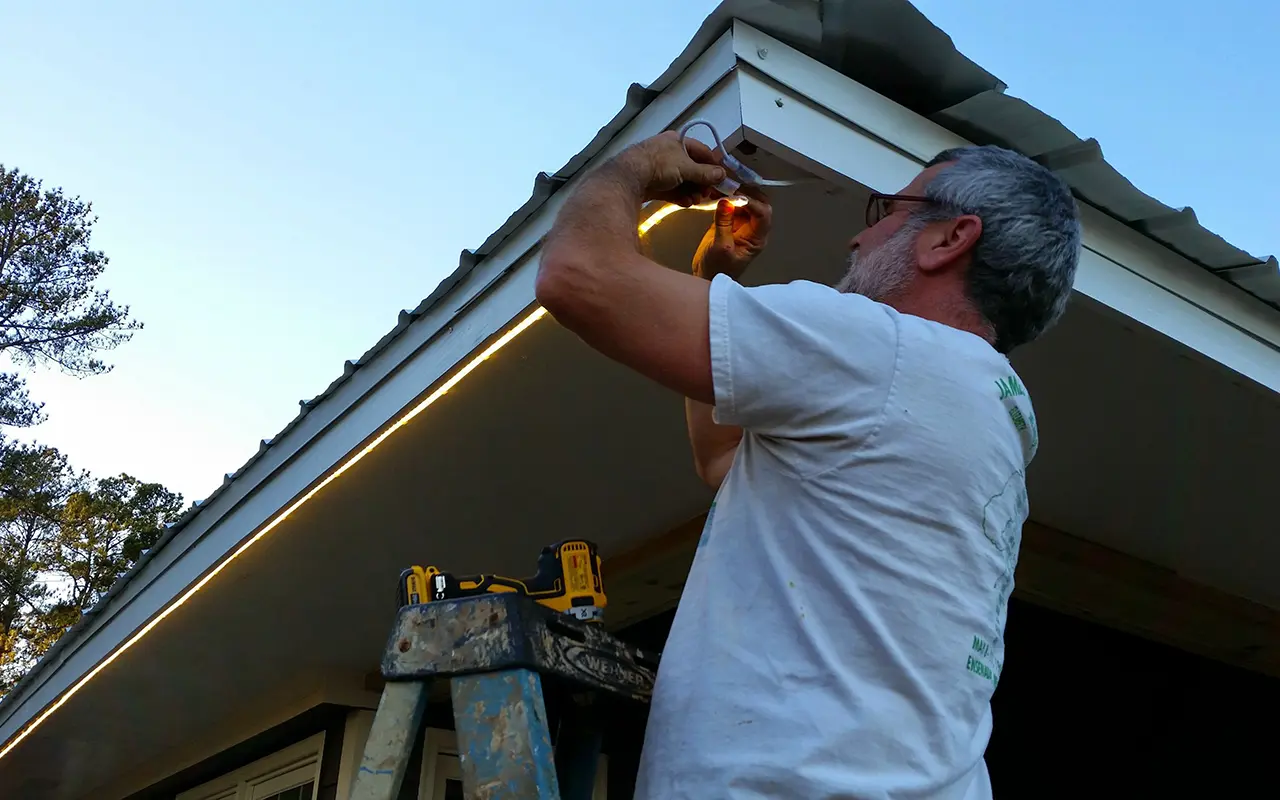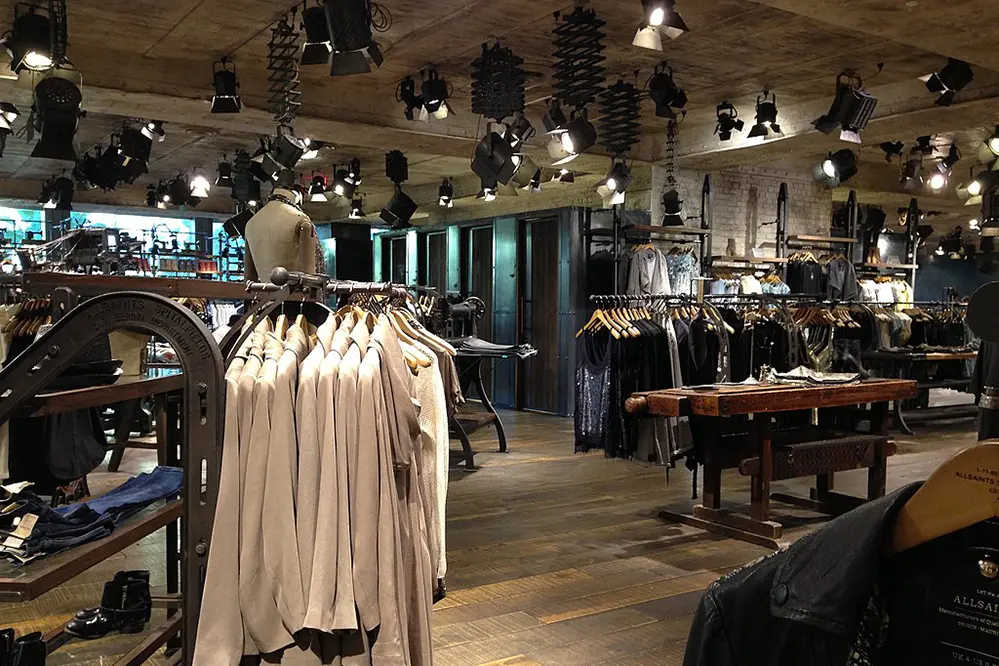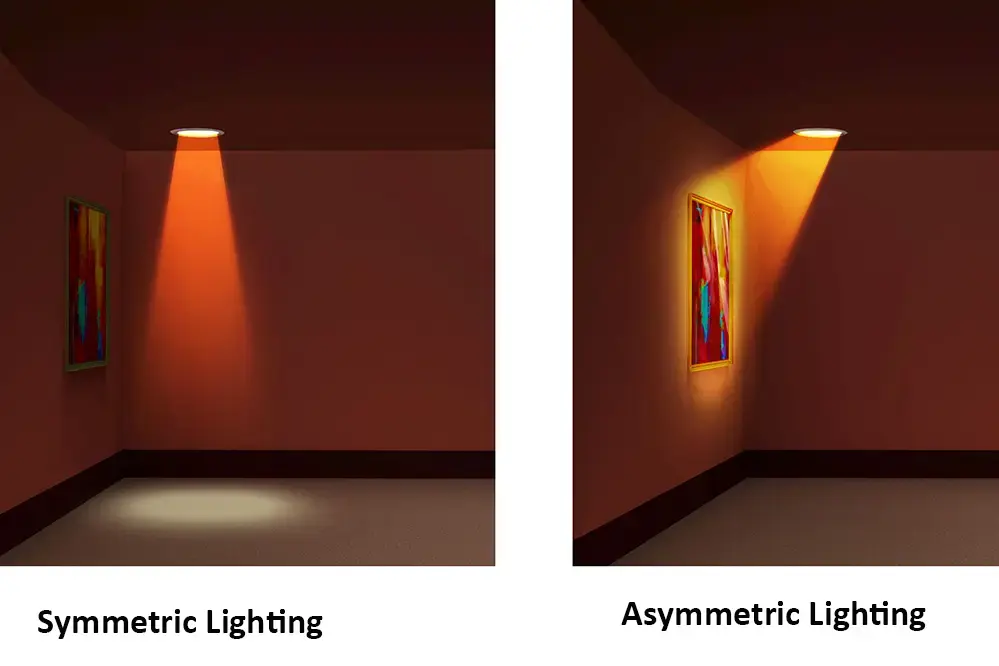“Lighting is an essential element in creating the right ambiance,” says renowned interior designer Kelly Hoppen. This statement underscores the importance of understanding the common mistakes to avoid when installing LED strip lighting. Proper installation can dramatically enhance the look and feel of any space, making it crucial to get it right.
LED strip lighting affects various aspects of life and industry, from residential interiors to commercial spaces. Poor installation can lead to increased energy costs, reduced lifespan of the lights, and even safety issues. By avoiding common mistakes, you can ensure a more efficient and aesthetically pleasing lighting setup.
Eager to master the art of LED strip lighting installation? This article will walk you through the most common pitfalls and provide valuable insights to help you achieve the perfect lighting solution. Dive in to learn more and transform your space with confidence.
Choosing the Right LED Strip Lights
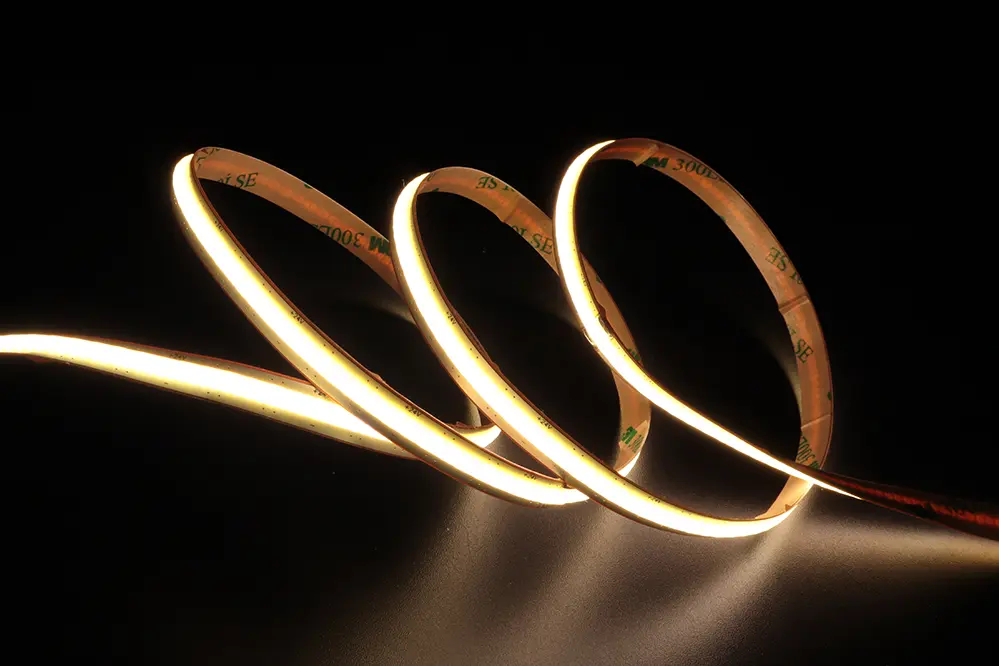
Choosing the right LED strip lights is crucial. It significantly impacts the overall ambiance and functionality of any space.
First, one must consider the intended purpose of the lighting. Whether for subtle accent illumination, task lighting, or decorative purposes, selecting an appropriate strip type and brightness level is paramount. For instance, task lighting may require a higher lumen output, while accent lighting should create a warm, inviting atmosphere.
Second, they should pay attention to color temperature and color rendering index (CRI). High CRI ensures objects appear in their true colors, vital for settings like kitchens or art studios. Additionally, adjustable color temperature options offer versatility in creating different moods.
Lastly, understanding the importance of waterproofing features for specific environments can save time and frustration in the long run. For areas exposed to moisture, such as bathrooms or outdoor spaces, waterproof LED strips are essential. This detail guarantees longevity and safety, preserving their investment and ensuring a lasting, brilliant illumination.
Measuring the Installation Area

Accurate measurements are essential to the successful installation of LED strip lighting. By understanding the dimensions of the area, they can ensure the LED strips fit perfectly.
Incorrect measurements can lead to LED strips being too long or too short. This simple mistake can disrupt the installation process.
They should use a precise measuring tool to determine the length and width of the intended mounting surface. This enables them to cut the LED strips to the correct length, ensuring seamless installation and optimal performance.
Additionally, considering the layout and any obstacles within the space, such as corners or features, helps in mapping out an efficient and aesthetically pleasing design. Proper planning and precise measuring significantly reduce the margin for error, ensuring the LED installation project is both functional and visually stunning.
Calculating Power Requirements
Determining power requirements is crucial for the optimal functioning of LED strip lighting systems.
Without accurate calculations, the LED strips may not perform efficiently. This can lead to potential issues such as flickering or overheating.
To calculate the power requirements, one must first identify the wattage per meter of the LED strip. This information is typically provided by the manufacturer and is essential for the next steps.
Next, measure the total length of the LED strip that will be installed. Multiply this length by the wattage per meter to determine the total wattage required for the installation.
Finally, it is indispensable to select a power supply that exceeds the calculated total wattage by at least 20%. This ensures the system runs smoothly and allows for any future expansions.
Selecting Power Supplies
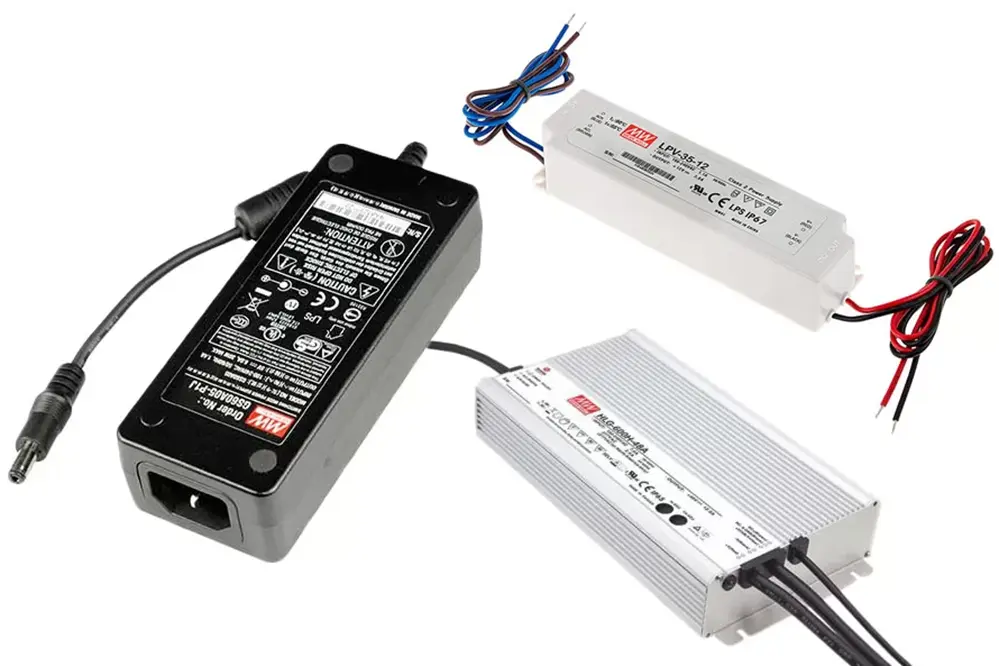
Selecting the appropriate power supply is critical to the smooth operation of LED strip lighting.
Without matching the power output to the strip’s requirements, one risks suboptimal performance or even damage. Therefore, it is essential to understand the specifications of both the LED strips and the power supplies they will connect to.
Importantly, ensure the power supply voltage matches the LED strip voltage. A mismatch here can result in irreparable harm to the strips or power supply, causing financial and time loss for replacements.
Furthermore, always consider selecting a power supply with a wattage capacity 20-30% higher than the total wattage requirement. This not only accommodates any potential power surges but also enhances the system’s longevity, promising a resilient and reliable lighting setup.
Ensuring Proper Voltage Matching
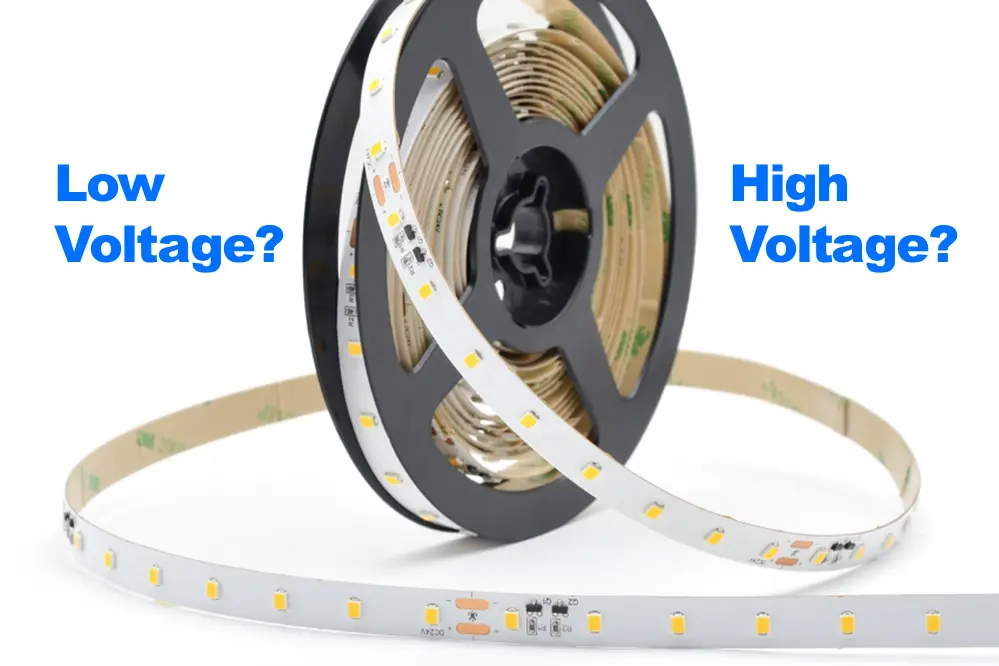
Matching voltage is paramount.
Proper voltage matching cannot be overstressed. The first step involves verifying that the LED strip’s voltage requirements align with the power supply. Voltage mismatches can lead to overheating, short circuits, or a completely non-functional system. Consequently, confirming this match prevents potential hazards and extends the lifespan of the setup.
Always consult the manufacturer’s guidelines.
These guidelines include specific instructions on voltage requirements and compatibility. Misreading or overlooking these details can lead to costly errors, substantially affecting the overall performance.
Remember to recheck connections frequently.
Incorrect connections may lead to unnecessary wear and tear. By ensuring the voltage between the components is consistent, one safeguards the LED strip lighting from untimely failures.
Connecting components with non-matching voltages can impact the lighting’s efficiency and safety. Ensuring proper voltage matching is thus fundamental to both optimal performance and durability, instilling confidence in the installed system.
Preparing the Surface for Installation
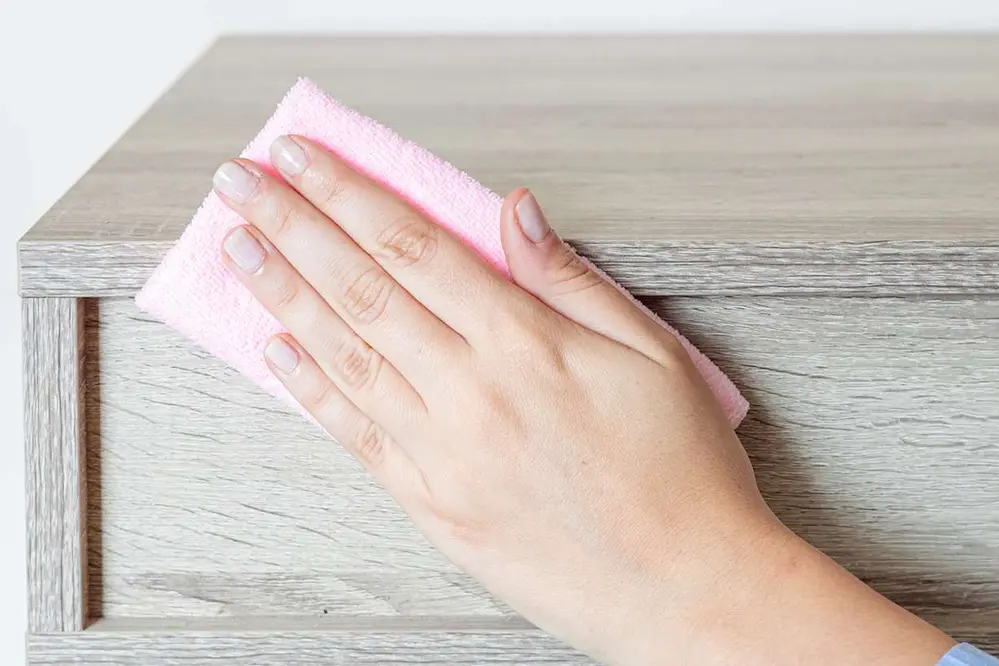
Why is it essential to prepare the surface for installing LED strip lighting?
Proper surface preparation is a critical step that directly influences the efficacy and longevity of an LED strip lighting installation.
First, ensure the surface is clean and free from dust, grease, and other contaminants which might inhibit the adhesive properties of the tape.
Using a mild cleaning solution, such as isopropyl alcohol, on a non-abrasive cloth can effectively clean the installation area. This also helps in maintaining a robust adhesive bond.
Smooth and dry surfaces are ideal, as moisture or uneven textures can compromise the adhesion and placement of the LED strips.
Avoiding Over-Bending the Strips
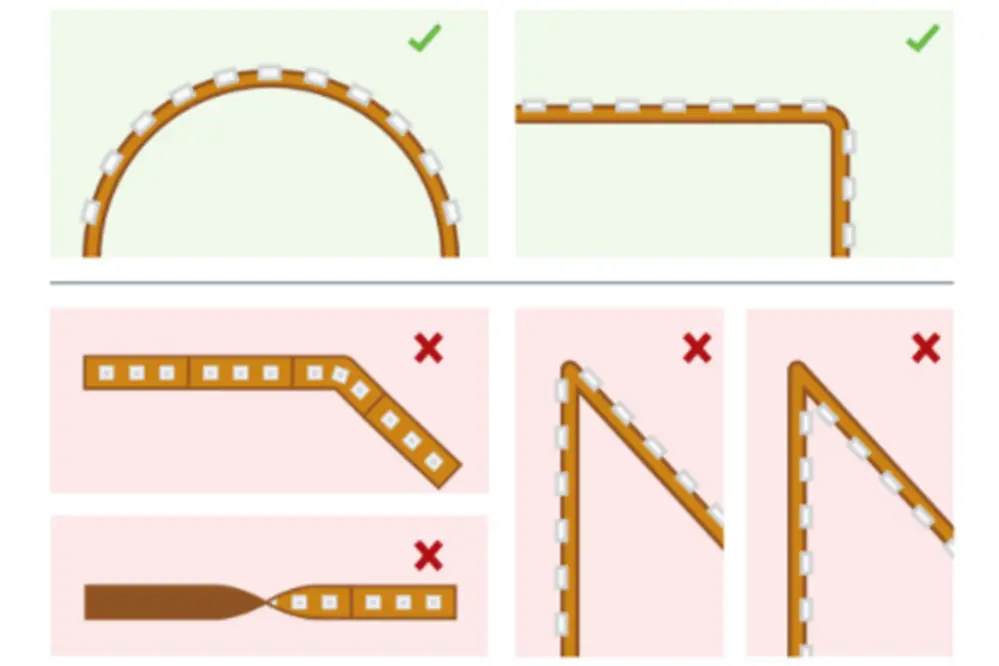
When integrating LED strip lighting into a design, one common mistake to avoid is over-bending the strips, which can lead to permanent damage and operational errors.
Excessive bending stresses the internal circuitry, posing risks that compromise the strip’s performance.
Ideally, each strip should be treated with care, respecting its minimum bend radius for optimal functionality.
Moreover, avoiding tight or irregular curves ensures the longevity and uniformity of the light output, thereby enhancing reliability.
If a bend is necessary, use specially designed connectors or flexible segments to maintain continuity without over-bending.
Ultimately, the goal is to maintain a neat and efficient installation by respecting the strip’s structural integrity, promoting an enduring and immaculate lighting effect.
Preventing Short Circuits
Proper installation safeguards both functionality and electrical safety, including preventing short circuits that can cause significant damage and hazards.
To begin with, it’s crucial to insulate exposed wiring properly, ensuring all connections are secure and without gaps that could lead to accidental contact. Such thoroughness not only minimizes the risk of short circuits but also ensures consistent power supply. Using high-quality connectors and heat shrink tubing can further fortify these protective measures.
Additionally, avoid overloading the circuit by calculating the power requirements accurately. If improperly matched, excessive current draw can strain both the power source and the LED strips. Adopting a power supply with adequate capacity and incorporating circuit protection devices like fuses can prevent overcurrent issues.
For optimal safety and flexibility, implementing these precautions can significantly reduce risk, fostering a professional and seamless LED strip lighting installation. Consistently high standards will not only elevate the visual appeal but also ensure the long-term safety and reliability of the lighting system.
Correctly Connecting LED Strips
When correctly connecting LED strips, it is paramount to maintain a meticulous approach, avoiding undue stress on the connections. Ensuring that wires are securely fastened without excessive tension is vital, as improper connections can lead to malfunctions. Properly soldering the joints, using connectors designed specifically for LED strips, and employing adhesive tapes ensure a durable and reliable installation. Accurate polarity matching must also be prioritized to prevent damage to the LED strips, maintaining their performance and longevity.
Proper Soldering Techniques
Effective soldering is an essential aspect of a flawless LED strip lighting installation.
Soldering quality directly impacts the durability of LED installations, making it vital for ensuring longevity.
Professional soldering requires precision and attention to detail, ensuring connections are strong and secure. This involves cleaning the surfaces to be soldered, using flux to aid in the process, and avoiding excessive heat that can damage components.
Consistent and methodical soldering practices can prevent potential failures—thereby achieving a reliable and long-lasting LED strip lighting setup. Mastery of these techniques enhances both the aesthetic and functional aspects of the final installation.
Using Connectors
Using connectors effectively is crucial for ensuring the seamless integration of LED strip lighting systems.
- Select the Appropriate Connectors: Ensure you are using connectors specifically designed for your type of LED strip.
- Avoid Overloading Connectors: Do not exceed the voltage and current ratings specified for the connectors.
- Check Polarity: Always match the positive and negative ends correctly to prevent malfunction.
- Test Connections: Before finalizing the installation, test all connections to confirm they are working as intended.
- Secure Connections Firmly: Make sure all connectors are securely and properly fastened to avoid disconnections.
Preventing these common mistakes ensures a trouble-free installation, enhancing both performance and longevity.
Proper connector usage can simplify the installation process, providing cleaner and more efficient connections.
Following these guidelines will result in a professional-quality LED strip lighting setup that is both reliable and visually appealing.
Avoiding Overloading the Circuit
One of the most crucial aspects to address in LED strip lighting installations is the avoidance of overloading the circuit.
Overloaded circuits can cause significant safety hazards and inefficiencies.
First, it is paramount to calculate the total wattage of the LED strip lights being installed. This ensures the power supply can handle the load without exceeding its capacity, thereby preventing overheating, equipment damage, or electrical fires.
Additionally, investing in a power supply with a slightly higher wattage rating (around 20% more than the calculated need) can provide a buffer against voltage fluctuations and future expansions. This practice not only safeguards electrical components but also extends the life of the entire lighting system.
Implementing Adequate Heat Management
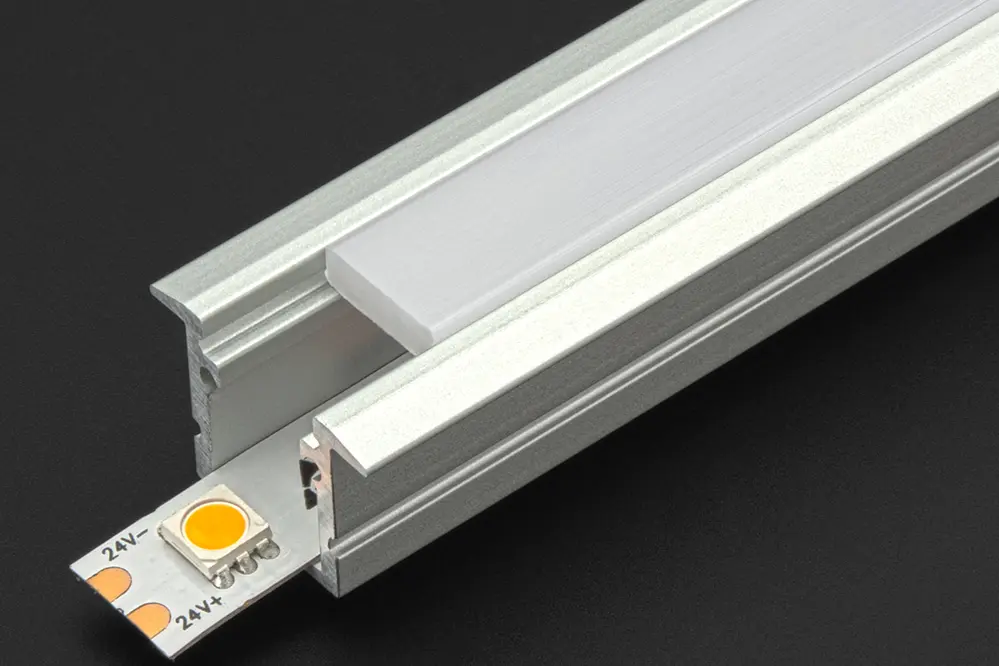
Ensuring proper heat management is crucial for extending the lifespan of LED strip lighting, averting damage, and maintaining optimal performance.
Ignoring heat management can lead to reduced efficiency and premature failure.
Firstly, consider the materials of the surfaces the LED strips will be mounted on.
Surfaces like metal can dissipate heat more effectively than wood or plastic, enhancing longevity.
Furthermore, arranging for sufficient ventilation around the installed LED strips is vital. Obstructed airflow can trap heat, diminishing the performance and life of the lights.
Finally, using aluminum channels not only offers a clean installation look but also acts as a heat sink. Proper heat management guarantees that the lighting setup remains functional and visually stunning for years to come.
Using Appropriate Adhesives
Select suitable adhesives for LED strip lights.
One common mistake to avoid when installing LED strip lighting is using inappropriate adhesives. Not all adhesives are created equal, and using the wrong type can lead to suboptimal adhesion, damaging your lights. Specifically, avoid using generic tape or glue that may not withstand the heat and weight of the lights. Over time, these products can fail, which can be both inconvenient and hazardous.
Use adhesives designed for LEDs.
These specialized adhesives are formulated to hold up under a variety of conditions.
Seek out double-sided tapes specifically designed for LED installations; they typically offer better durability and heat resistance. Furthermore, some adhesives come with additional properties, such as moisture resistance, which can be beneficial in certain environments.
Choosing the correct adhesive not only ensures the safety, longevity, and flexibility of your LED strip lighting but also maintains the aesthetic appeal. Proper adhesion is paramount to keeping the setup intact, preventing any potential disturbances from compromising the installation. Thus, investing in the right adhesive is a small step that yields long-term benefits.
Ensuring Proper Placement for Ambiance
Ensuring the proper placement of LED strip lighting can transform any space from mundane to mesmerizing.
Positioning the lights correctly can enhance the desired atmosphere.
A crucial aspect of this is considering the focal points of the room. Whether it is a kitchen, bedroom, or living room, LED strip lights can accentuate, highlight, and elevate the areas that draw the most attention.
Moreover, thoughtful placement allows for layers of light that add depth and dimension to any environment. By meticulously choosing where to position each strip, one can create nuanced lighting effects, whether it be for a calming ambience, lively gathering space, or professional setting. Employing these strategies ensures a bespoke lighting design that truly resonates with the intended aesthetic.
Testing the Setup Before Finalizing
Testing the setup before finalizing is crucial.
Ensuring everything works correctly can save time later. By testing the whole system before securing any final placements or connections, one can quickly address any issues. Moreover, it is in this step that necessary adjustments or changes can be made without the hassle of dismantling a finalized installation.
Verify all connections and check for consistent lighting.
It is essential to inspect for any flickering or uneven brightness – this can indicate loose connections or faulty components. This thorough examination helps in delivering a flawless, professional-quality finish.
Such meticulous testing also promotes confidence in achieving a durable installation. By taking the time to troubleshoot and test, installations are primed to perform flawlessly, ensuring the end result meets the highest standards of excellence and customer satisfaction.
Maintaining and Troubleshooting LED Strips
Ensuring longevity and peak performance of LED strips requires diligent maintenance.
First, dust and grime can accumulate, affecting the light quality. Regular gentle cleaning with a dry cloth keeps them pristine.
Being vigilant about any visible wear is essential. Frayed wiring or discolored strips might indicate underlying issues needing prompt attention.
It’s crucial to have a multimeter on hand. This tool can help identify voltage issues, ensuring each segment receives adequate power and operates correctly.
Consulting a professional ensures complex problems are addressed accurately. They can provide expert advice and service without compromising the installation.
Conclusion
Proper planning and execution are crucial for successful LED strip lighting installation. By avoiding common pitfalls and adhering to best practices, individuals can achieve superior results. With a meticulous approach and proactive troubleshooting, anyone can transform their space with stunning LED strip lighting, feeling empowered to undertake projects with confidence and innovation.
For those seeking professional assistance or high-quality products, consider reaching out to Unitop, a leading Chinese manufacturer of LED strip lights and LED neon strips. With their expertise and extensive range of products, Unitop can provide the perfect solutions to meet your lighting needs. Whether you’re a DIY enthusiast or a professional, their reliable and innovative offerings will ensure your project is a resounding success. Contact Unitop today to elevate your LED lighting experience with confidence and excellence.
